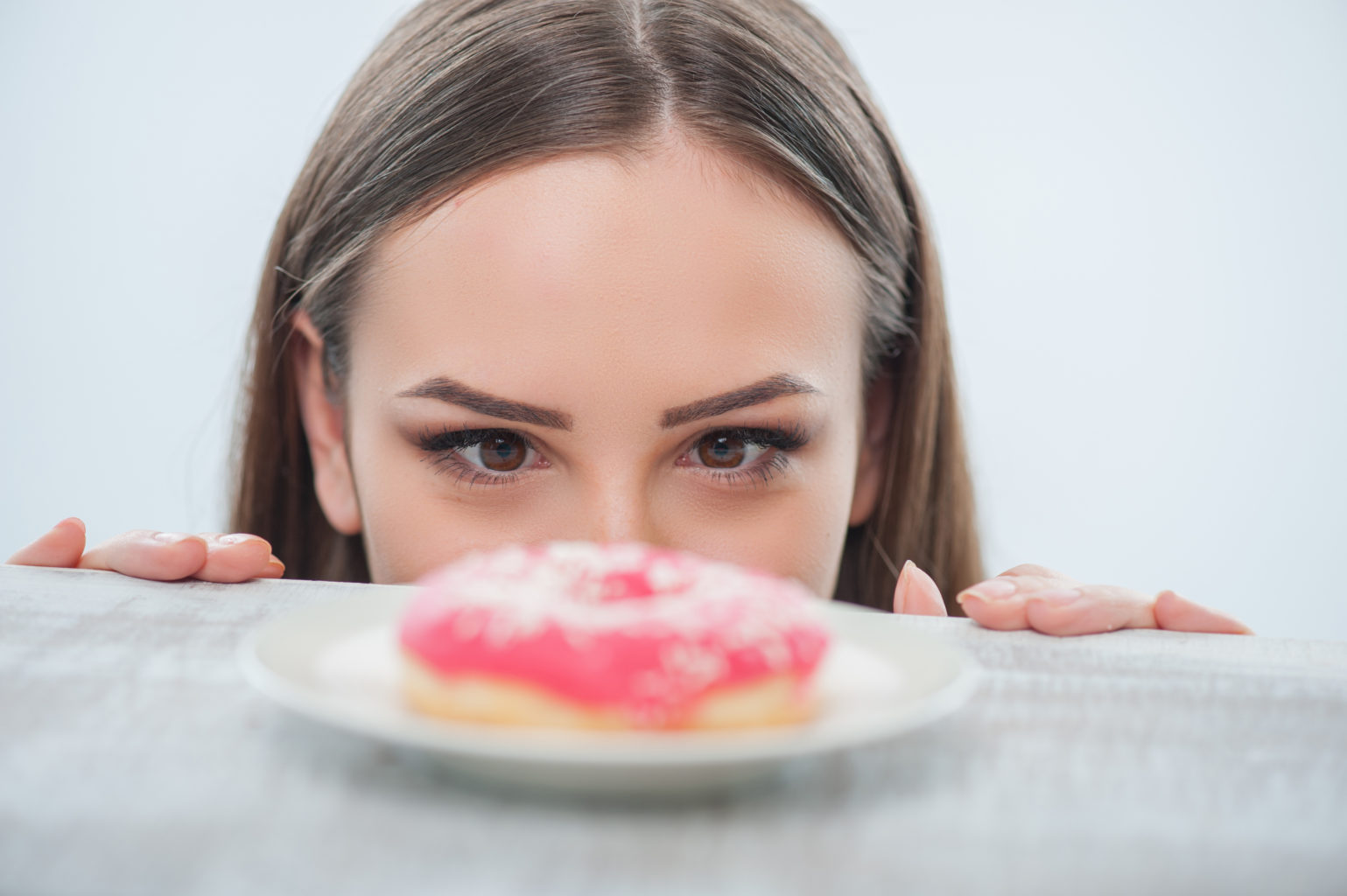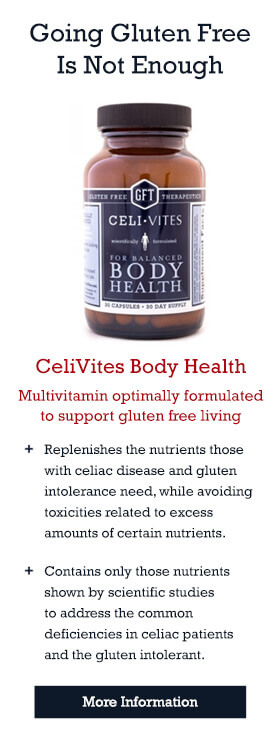
Is My Food Really Gluten Free?
The aim of every celiac patient may be to go gluten free, but completely eliminating gluten is almost impossible. After all, gluten free products – either naturally free or processed to eliminate this compound – always have a residual amount of gluten. Causing us to ask, is my food really gluten free?
In this context, current rules and regulations state that products labelled “gluten free” must only include ingredients that naturally don’t have gluten or, if an ingredient is from a gluten-containing source – such as wheat – it has been processed to reduce gluten levels in the overall product below 0.02% (sometimes expressed as 20ppm, which means parts per million).
For most patients, this is a safe value, keeping in line with daily ingestions of less than 50 mg gluten. But each patient is different. Highly sensitive celiac patients may have a lower tolerance for ingesting this amount of gluten. Even if you go for a “gluten free” bowl of cereal in the morning, a sandwich for lunch and pizza in the evening – as most products have between 10 and 20ppm gluten – you’ll be consuming about 5 to 10 mg gluten. Often people focus on each individual product and miss the fact that multiple meals per day can add up to a higher intake of gluten than is advised.
How much gluten is REALLY in gluten free foods?
You’ll be glad to know that most products commercially available today are within the stipulated limits and can be safely consumed by celiac patients. Worryingly, however, several studies have shown that some products sold as gluten free contain dangerous levels of gluten due to contamination at some point during production or manufacture. This can occur in both food using grain processed to remove gluten as well as in food that use naturally gluten-free grains, such as rice, corn and buckwheat.
In fact, a recent study done by the Gluten Free Watchdog, Maryland, and the Celiac Disease Center at Columbia University, New York, found that about 5% of the products marketed as gluten-free have a content higher than the maximum allowed 20ppm. The products tested covered a wide range of products, including hot beverages, bread, cereal and crisps.
Problems may arise if there is cross-contamination during production, harvesting or processing. After all, it’s not uncommon for farmers to grow wheat and corn in neighbouring fields or even as part of a rotation in the same field. This way seeds can linger in the soil and eventually gluten-containing grain will end up being collected while harvesting gluten-free grain. In addition, sharing the transport equipment and storage facilities can all result in contamination.
On the other hand, despite the advances in technology, purification methods still do not achieve a 100% elimination and the resultant product, although with a much reduced gluten content, still contains traces of gluten. As such, careful formulation is needed not to incorporate excessive amounts of these ingredients and go over the safe threshold.
On a positive note, if you compare with previous studies where over 20% products were incorrectly labelled as gluten-free, it’s safe to say that there has been a significant improvement over the past few years, possibly due to a greater awareness about this condition. And the recently passed labelling law.
What can you do to protect yourself from eating contaminated products?
- Always read the label, even in products claiming to be gluten free
- Contact the manufacturer for further information
- Contact FDA in case of consuming a product with high levels of gluten
- Eat a varied and balanced diet, without relying too much on a single product
- Eat mostly fresh not processed or boxed foods
- Consult your physician/dietitian on a regular basis
- When in doubt test for gluten in the home and workplace
Conclusion
There are strict rules in place defined by the FDA with regards to what can be labelled gluten-free, but cross-contamination still requires attention from regulators and food manufacturers. In practical terms, this could mean that, even though patients believe they’re following a gluten free diet, they may still be consuming too much gluten on a daily basis. It’s important for consumers, dietitians and physicians to suspect all food, including labelled gluten free products, as a source of a potential gluten contamination.
This original article is made possible by Gluten Free Therapeutics. Our mission is to educate, inform, and provide the most effective nutritional products possible to allow those with celiac disease and serious gluten intolerances to heal their bodies. CeliVites complete line of superior gluten free supplements includes multivitamin/multimineral supplements, iron supplements, and calcium supplements for people living with celiac disease. All CeliVites products are designed to help you heal, restore and rebuild your body, because going gluten free isn’t enough!
Comments ()
















If a product states that it is gluten free, how are we to tell if there are higher amounts of gluten due to cross contamination? Most companies do not disclose that information on their packaging. Thank you.
I went to Aldi and I was checking dried fruit that was marked gluten free. Then underneath it said it is processed on the same equipment as wheat. It proves to always read ingredients lists and underneath the ingredients!
My mom was in a gluten free section in a grocery store and bought a cookie from that section. It had wheat in it. She assumed the gluten free section was safe- nope!
i read ALL labels because I have made that same mistake. Store workers and owners dont always know the difference, in fact I talked to a Bashas manager about shelving gluten foods in the GF section. He said that the have to shelve according to how upper manageement over all the stores tlls them to even if they themselves do not agree. SSo it really pays to be extrememly careful and read ALL labels. I find many labeled GF products with “modified food starch” In our country that is always a wheat product if it does not label it otherwise. Be extra careful!
Just starting on a gluten free diet I am amazed that for a number of days all bowel movements support I’ve done the correct checks and balances. Then one day a food that purports to be gluten free sets off my diarrhoea and bloating then I feel absolutely miserable. It’s really difficult for manufacturers I know but sometimes when it says MAY contain traces of gluten I think that the manufacturers are just not being careful enough and think that saying this exonerates them.